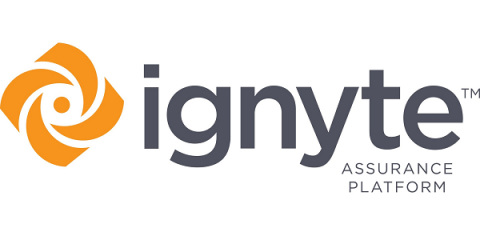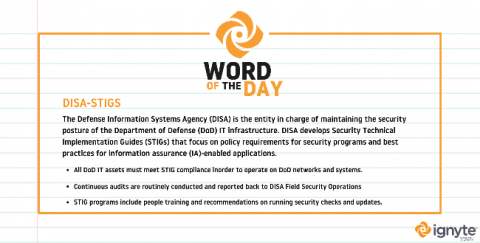Security | Threat Detection | Cyberattacks | DevSecOps | Compliance
February 2019
Top 7 Healthcare Cybersecurity Frameworks
Today, the healthcare industry has become prone to cyber-attacks, just like in any other sector. One notable fact within all those fields is the similarities in existing as well as emerging threats. At the same time, there is an increasing need for organizations to reassure their customers and regulators that their networks and systems have incorporated adequate security measures. One way of achieving this goal includes complying with various recognized security standards and frameworks.
CISOs Ultimate Guide For Top 30 Security Control Frameworks - 2019
Companies in highly regulated industries are forced to adopt one or more frameworks in order to meet compliance initiatives. There are over 200 security frameworks, regulations, standards and guidelines to choose from that could impact your business at any given time. In no particular order, below are the top security controls frameworks that are pervasive throughout our security industry along with some unique facts about each framework.
Understanding Software Exploit Scoring Today
Even with years of related industry experience an individual can become lost in all of the acronyms surrounding security vulnerabilities in modern software. Several of these acronyms exist, and many of them are very similar. Some of the most common are discussed below.
We are compliant why do we need a security program?
Often in the realm of IT management, the thought of IT compliance is associated with information security. This is unfortunately not the case as they are two very different things. In this article, we will simplify compliance, and discuss why a pro-active security program is the ideal approach for modern business practice.
How Not To Become a Target With Enough for Two Lines or Even Three
In mid-November last year, the retail giant Target experienced a security breach where customers’ credit card information was stolen. At first, it was thought that 40 million users had been affected but by January 2014, those numbers skyrocketed to a stunning 100 million. What emerged was the story of hackers who had appeared as “the good guys” in order to harvest as much information as they could from Target’s network.
State Security Breach Notification Laws
A security breach is defined as any unauthorized access or acquisition that compromises the security, confidentiality, integrity or availability of covered information, systems, and applications. Recent years have seen significant amounts of legislative activity related to state data breach notification laws. South Dakota and Alabama enacted new data breach notification laws in 2019, becoming the last of 50 U.S. states to enact such laws.
In-House Counsel: Best Legal Practices in Data Breaches
The likelihood that your organization will suffer a material data breach in the next 2 years is nearly 28%, and that’s higher than last year’s risk according to The Ponemon Institute’s 2018 Cost of a Data Breach Study: Global Overview. Counsel’s best strategy is to insist on a strong organizational plan to quickly and effectively respond to data breaches and, ultimately, prevent them in the future.





